In the second installment of the ‘Year in Review’ series, we give our readers a glimpse of 3 most visited posts in the year 2021.
Continue readingYear in Review – Part 2
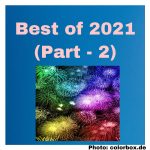


In the second installment of the ‘Year in Review’ series, we give our readers a glimpse of 3 most visited posts in the year 2021.
Continue readingThe Swiss Federal Institute of Aquatic Science and Technology (Eawag) is hiring a PostDoc to predict acute toxicity through machine learning in ecotoxicology.
Continue reading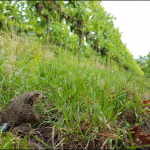
In this post, Christoph Leeb and Elena Adams summarize three new papers on the effects of pesticides on amphibians, which will inform ongoing developments of pesticide testing and environmental risk assessment strategies in the European Union.
Continue reading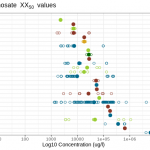
In this post, Andreas Scharmüller introduces Standartox, a tool that continuously incorporates the ever-growing number of ecotoxicity test results in an automated process workflow. It provides single aggregated data points for a specific chemical-organism test combination that represents the toxicity of a chemical. These values can be used for the derivation of toxic units (TU) or species sensitivity distributions (SSD).
Continue readingThe Environmental Toxicology Group at University of Copenhagen is offering a PostDoc position in in vitro and in vivo toxicity testing of wastewater.
Continue reading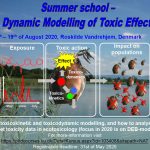
University of Copenhagen is offering a summer school on “Dynamic Modelling of Toxic Effects” from August 10-19, 2020.
Continue readingWe are offering a research internship (Research Project Course) to compare the sensitivity of daphnids towards different fungicide formulations with the same active ingredient.
Continue readingThe Norwegian University of Science and Technology (NTNU) is offering three PhD positions in environmental toxicity of plastics.
Continue reading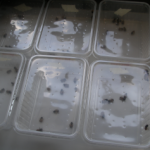
In this post, Philipp Uhl talks about his recently published paper “Is Osmia bicornis an adequate regulatory surrogate? Comparing its acute contact sensitivity to Apis mellifera“.
Continue readingUniversity of Gothenburg in Sweden is hiring a PhD student in environmental science to test the toxicity of pristine and weathered nanoparticles on fish derived cell lines and fish embryos.
Continue reading